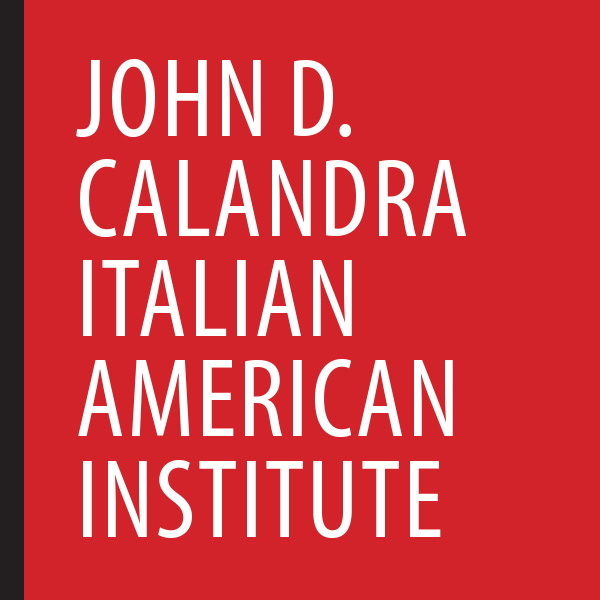Demographics, Research, and Analysis
There is much to be understood about how Italians have adapted to becoming Americans and, in turn, how America has changed thanks to the immigration of Italians. As the John D. Calandra Italian American Institute continues with its Italian Diasporas: Data Snapshot project in demographics, research, and data analysis, the aim is to provide information regarding a variety of characteristics related to the Italian diaspora addressing the issues of assimilation and accommodation.
Forty-five years ago, the John D. Calandra Italian American Institute was established in response to a dire need to foster an equitable presence for Italian Americans at The City University of New York (CUNY). The initial affirmative action plan recognized that among students,1 staff, and faculty members, Italian Americans were small in number at CUNY compared to their ethnic presence in the tri-state area. Similar circumstances exist for other ethnic groups. Numerous efforts aimed at increasing diversity across varied ethnic and racial groups have been attempted, but there has not been a positive trend for Italian Americans. This is despite CUNY’s extensive statement about its anti-discrimination practices, with a unique status for Italian Americans because they are a protected class. On December 9, 1976, Chancellor Robert Kibbee expanded the protected race and ethnic class categories for CUNY to include Italian Americans. This status was challenged and then safeguarded through legal action in the 1990s.
At first glance, Italian Americans seem well adapted as a group. Once you take a closer look at the types of possible adaptation, it becomes evident that Italian Americans have succeeded or achieved in some areas, such as economic attainment, while showing smaller gains in others, such as higher education. As late as the 1990s, the dropout rate for Italian American high school students was the third-highest in New York City behind Blacks and Hispanics.2
That there has been a decrease in the hiring of Italian Americans through time is not only perplexing, but it also goes against the legal guidelines that were enacted to alleviate discrimination against Italian Americans. The current rate of 5.10% of the workforce is a sharp decrease from the peak 7.17% just after the legal action.
Unless there is a radical shift in the way CUNY does business and in the persistent failure to correct past inequalities, one cannot foresee any improvement in creating authentic diversity for all affirmative action categories. In a city that thrives on its multicultural, multiethnic, and multireligious contributions, that its own university system does not parallel this is a great shame, given that one aim of higher education is to broaden perspectives and deepen critical thinking beyond your circle of personal interactions.
In the charts presented, the downward trend for Italian Americans is seen in all employment categories and across all colleges. The final table includes a drop-down menu for multiple job categories. The types of jobs included in specific categories are listed at the bottom of the tables.
1. Although the original decree was about students, CUNY does not maintain precise ethnic data for students. The data is collected through self-reporting and extrapolation.
2. Note that Hispanic is the encompassing term used at CUNY.
For previous Data Snapshots click here.
